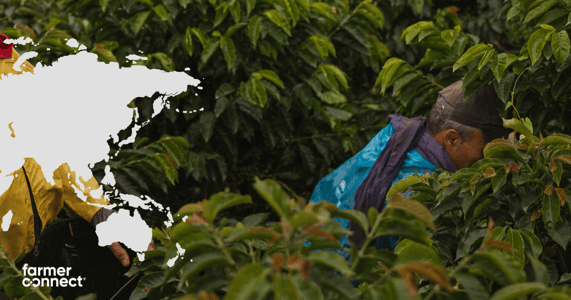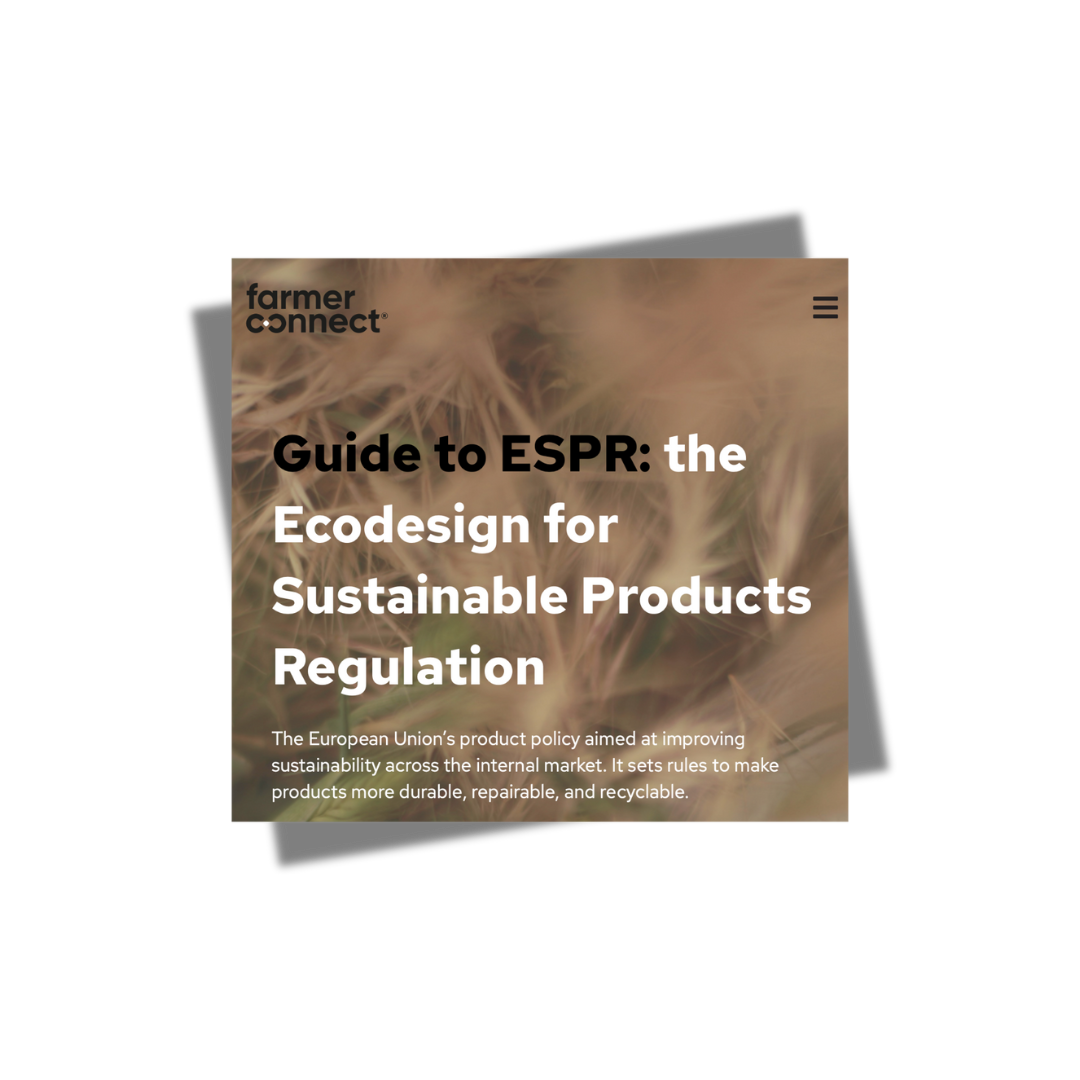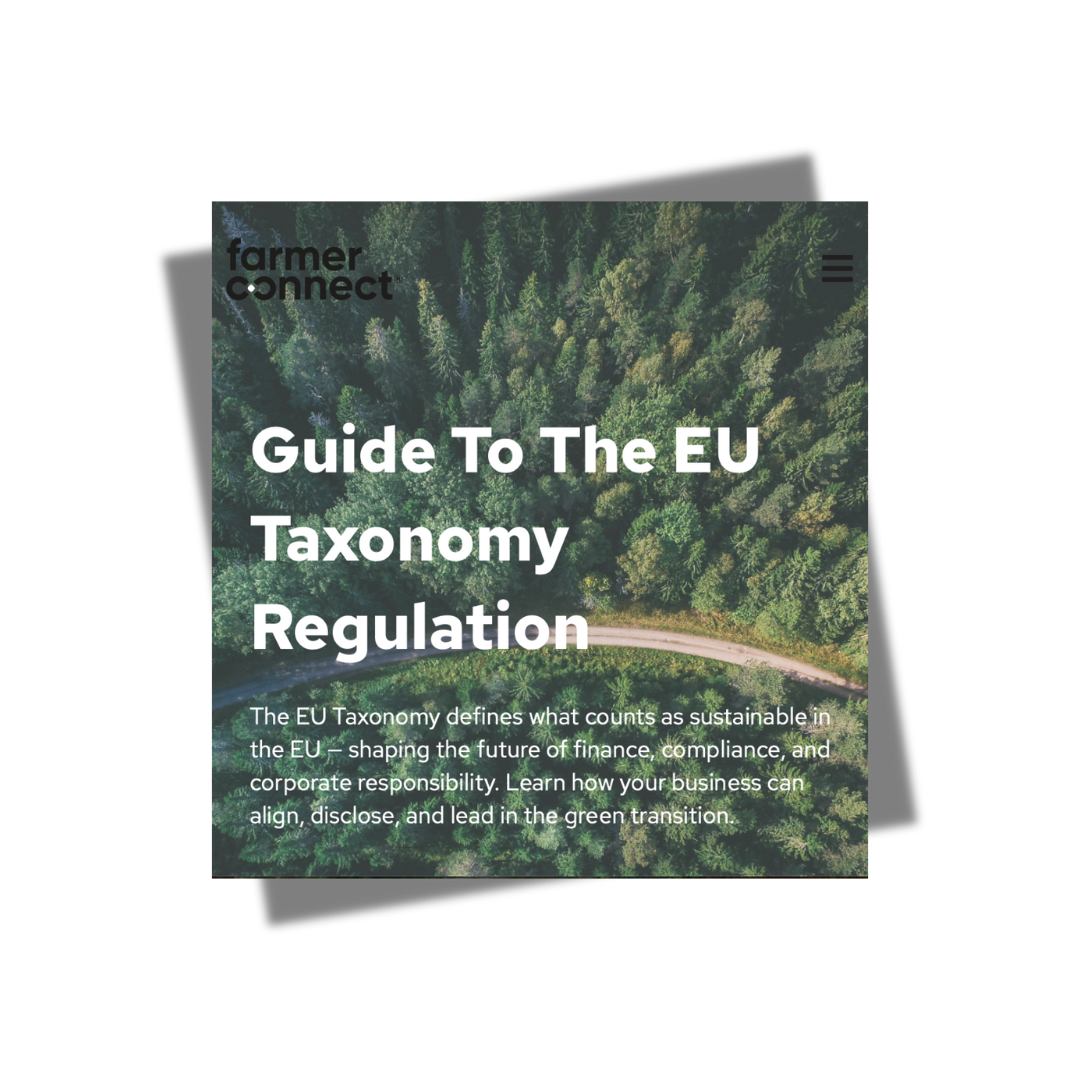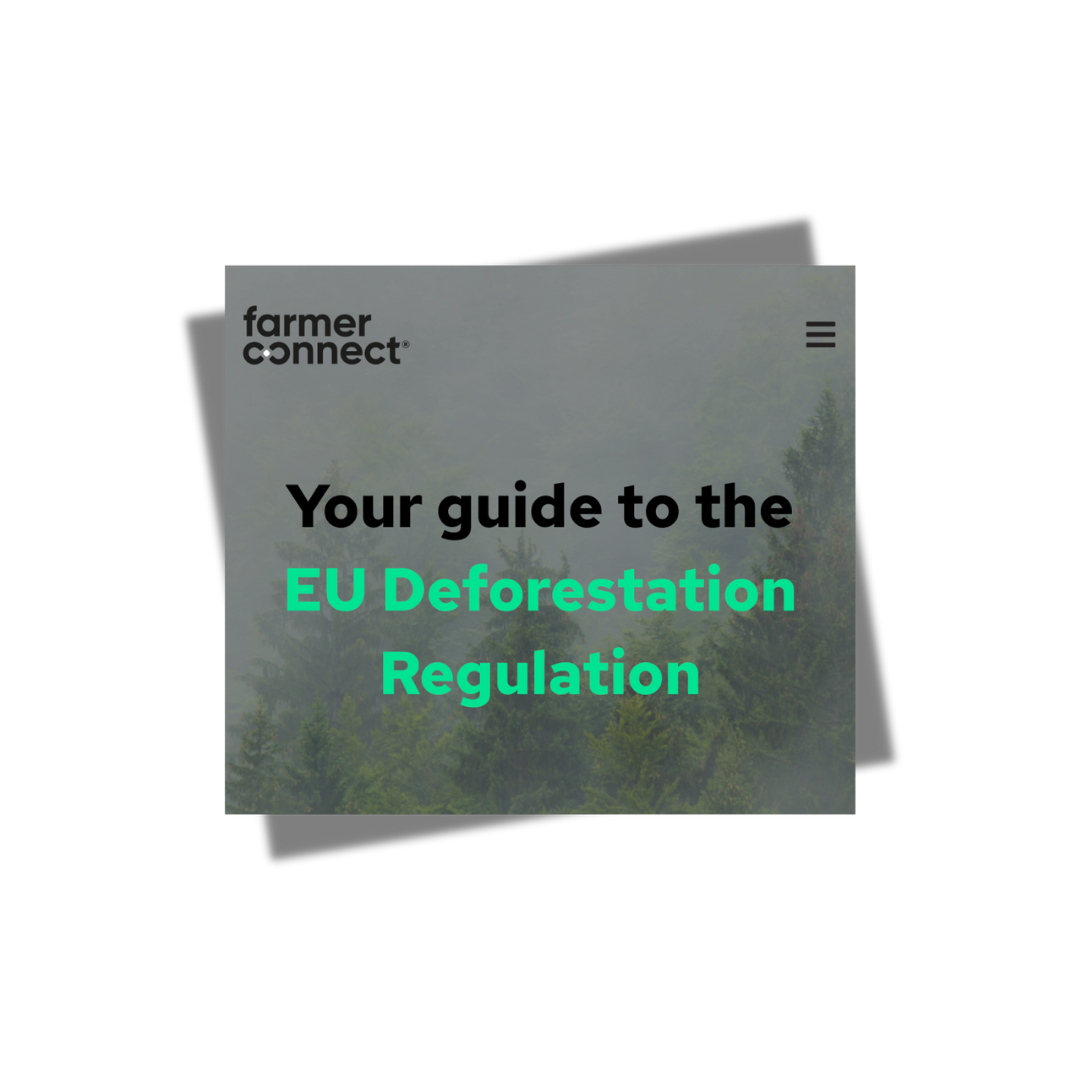If you haven’t already heard of the EU Deforestation Regulation (EUDR), then you can probably stop...
Guide To The Carbon Border Adjustment Mechanism
European Union’s climate policy aimed at levelling the playing field for carbon pricing. It ensures that the carbon content of imported goods into the EU is accounted for.
Our Compliance SolutionWhat Is The Carbon Border Adjustment Mechanism ?
The Carbon Border Adjustment Mechanism (CBAM), part of the ‘Fit for 55’ legislative package, is the European Union’s climate policy aimed at levelling the playing field for carbon pricing. It ensures that the carbon content of imported goods is accounted for—just like products made within the EU. It is also a central element to the EU's objective of reaching a climate-neutral Union by 2050.
CBAM covers both direct emissions—greenhouse gases released during the production of goods up to their import into the EU—and indirect emissions from the electricity used in that production process.
In other words: if you’re importing steel, cement, fertilizer, electricity, or aluminum into the EU, you will need to report and pay for the emissions embedded in those goods.
Scope
CBAM initially targets high-emission sectors:
-
Iron and steel
-
Aluminum
-
Cement
-
Fertilisers
-
Electricity
-
Hydrogen
Whether you're an importer, manufacturer, or logistics provider, you need to understand your exposure—and start preparing.
Eventually, when fully phased in, CBAM will capture more than 50% of the emissions in ETS covered sectors (i.e. lime, glass, and ceramics).
-1.png?width=1000&height=633&name=EUDR%20commodities%20(400%20x%20300%20px)-1.png)
EU Tentative Timeline

Why CBAM Matters ?
Preventing carbon leakage – stopping companies from relocating production to countries with looser climate laws.
Encouraging cleaner global production – by pricing emissions fairly, even outside EU borders.
Driving transparency and accountability in international supply chains.
Roles Explained
Importer
The legal entity that brings CBAM goods into the EU customs territory.
Typically a company based in the EU, listed as the importer in customs declarations.
Key Responsibilities:
Must be authorised as a CBAM declarant by the relevant national authority.
-
Quarterly emissions reporting (during the transitional phase)
-
Buying and surrendering CBAM certificates (from 2026 onward)
-
Annual declarations of embedded emissions
-
Interfaces with EU customs and the CBAM registry.
Operator
The entity outside the EU that operates the factory or plant where the CBAM goods are produced.
Key Responsibilities:
Provide the emissions data for the goods being exported into the EU
- Product-specific emissions info (direct + indirect)
-
Verification documents (third-party or accredited verifier)
-
Often needs to cooperate closely with the importer to ensure accurate reporting.
Compliance With CBAM
-2-1.png?width=600&height=390&name=EUDR%20commodities%20(400%20x%20300%20px)-2-1.png)
Scope Check
Are the products you're importing covered by CBAM? For now this includes: Iron and steel, Aluminium, Cement, Fertilizers, Electricity, Hydrogen.
Check the list of published CN Codes found in Annex I of the legislative text published in the Official Journal of the EU.
❗ You’ll need to report embedded CO₂ emissions for these products.
Map Your Supply Chain
Map your supply chain to know where the goods are produced and the emissions involved.
✅ farmer connect provides traceability of your supply chain data, ready for CBAM reporting and auditing purposes.
Collect Emissions Data
Ask your suppliers for:
Direct emissions from production
Indirect emissions (e.g., electricity use), where required
⚠️ Must follow the EU’s calculation methodologies
Submit Quarterly CBAM Reports (2023–2025)
During the transitional period 1st October 2023 - 31st December 2025:
Submit a quarterly CBAM report to the CBAM transitional registry & include:
Quantity of goods
Emissions per product (embedded and indirect)
Carbon price paid in the country of origin (if any)
✅ farmer connect automates the generation of a CBAM report based on the data provided.
Features include: alerts and notifications, traceability, submission of reports to x portal, supplier portal to communicate directly with suppliers and operators, document management.
Prepare For Certificate Purchases
From 2026 onward:
Importers must buy CBAM certificates to cover embedded emissions (valid approx 18 months)
- On July 1st of each year any certificates that were purchased during the year before the previous calendar year ( i.e. due July 1st 2025, any bought in 2023 but not used will be automatically cancelled
The price of these certificates will be linked to the EU Emissions Trading System (EU ETS) carbon price expressed in €/tonne of CO2 emitted
📌 Publication of CBAM prices weekly
Adjust Supply Chains & Contracts
You might need to:
Switch to lower-carbon suppliers
Renegotiate contracts to obtain emissions data
Consider third-party verification services
Register As An 'Authorised CBAM Declarant'
In order to import CBAM-covered goods from January 1st 2026:
You must be approved as an “Authorised Declarant” by your national competent authority
You’ll need:
Company and importer details
Customs info
Product categories
❗Registration expected to open during 2025.
Annual Declaration (Starting From 2027 Onwards)
Starting 2027 onward, always for the preceding calendar year, importers must:
Submit an annual CBAM declaration each year which would include information on:
- the total embedded emissions imported during the previous year (need to be verified by an accredited verifier)
Total number of CBAM certificates surrendered, equal to the emissions
❗ Failure to surrender required documentation would lead to significant penalties.
The Farmer Connect Solution Benefits
Track materials and components back to source, enabling accurate emissions reporting per tonne of product — even across complex global supply chains.
Generate quarterly reports and annual declarations with structured, audit-ready data aligned to CBAM registry requirements.
Collect and manage supplier-provided data on direct and indirect emissions in one centralised platform — ready for CBAM declarations.
Maintain a clear digital trail from raw material to EU import, supporting customs classification, verification, and compliance transparency.
📘 Download Your CBAM Compliance Checklist
Get your quick checklist to keep updated on actions to take in order to be prepared.
Our Other Guides
farmer connect is a tech solution that helps companies streamline their compliance and reporting requirements. Through integration and automation, we can ensure error proof and fast data centralisation and the automated generation of reports according to reporting standards.
Get In Touch
Relevant News

The Gateway To Compliance Heaven: Gateway Check

The combined platform supports agribusinesses in meeting EU Deforestation Regulation (EUDR) and...


